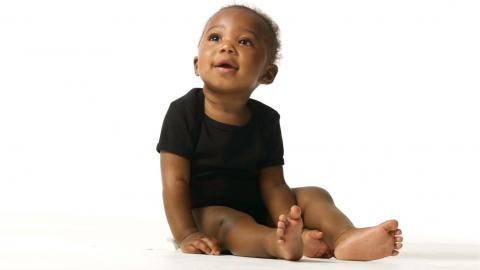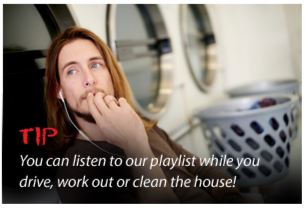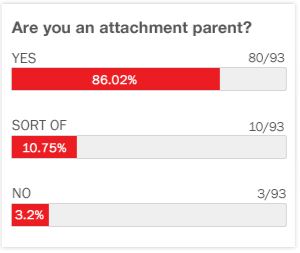Side effects of radiation in children
Learn about: Side effects of radiation in children from Stuart E. Siegel, MD,...
Related Videos
Transcript
Expert Bio
More from Expert
Stuart E. Siegel, MDDirector, Children’s Center for Cancer & Blood Diseases, Children's Hospital Los Angeles
Before recently shifting his focus to international medicine, Stuart Siegel, MD, was Chief of the Division of Hematology/Oncology for 35 years and the founding director of the the Children’s Center for Cancer & Blood Diseases at Children’s Hospital Los Angeles, and Professor and Head of the Division of Hematology-Oncology Department of Pediatrics, Keck School of Medicine of University of Southern California. He remains a leader in supportive care and research in pediatric oncology, with a special focus on neuroblastoma, non-Hodgkin lymphoma, Ewing Sarcoma, acute lymphoblastic leukemia and brain tumors. From developing the first pediatric protective environment in 1971 for children undergoing intensive chemotherapy, to pioneering current efforts to develop academic and clinical care programs nationally and locally for adolescents and young adults with cancer, Dr. Siegel’s contributions have revolutionized the field of pediatric oncology. Dr. Siegel has been honored for his work by the American Cancer Society, Children Foundation, the Cancer Foundation, the Chase Foundation, Padres Contra El Cancer, the Israel Cancer Research Fund and Ronald McDonald House Charities, where he is a member of the National Board, and has consistently been listed among the nation’s top doctors in such publications asAmerica’s Top Doctors and Best Doctors in America. He is a father of one son, Joshua; grandfather of David and Elijah; and lives in Pacific Palisades with his wife of seven years.




 GET ACCESS TO ALL PREMIUM CONTENT WITH NO ADS FOR $4.99/MONTH
GET ACCESS TO ALL PREMIUM CONTENT WITH NO ADS FOR $4.99/MONTH




Login or Register to view and post comments